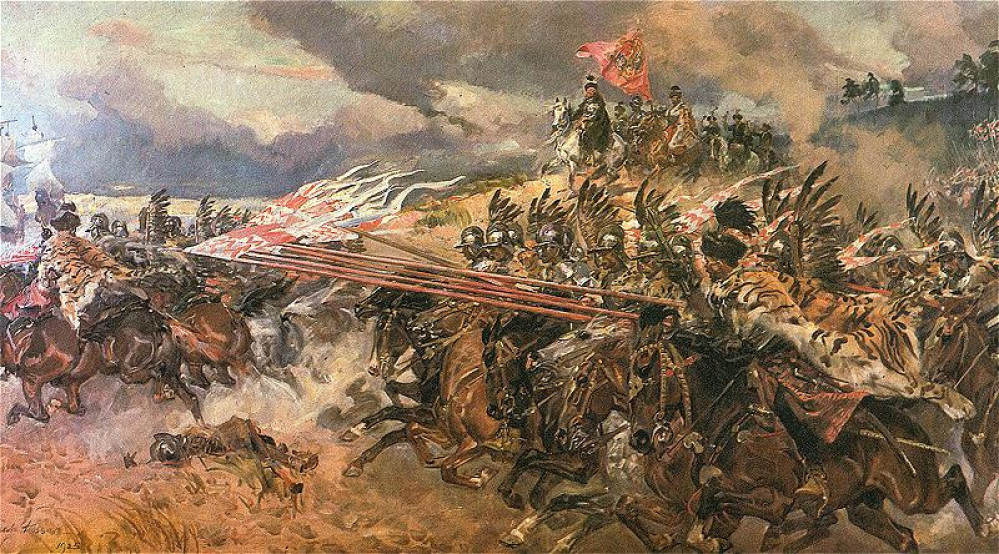
Husaria - Building a Polish army for the 1620s
From The Ground Up - Part 3
THIS CONTINUES THE BASING WALKTHROUGH FROM THE TWO PREVIOUS PROJECT ENTRIES.
Step 6.
The final step is my favourite of the basing process, and is when the base comes ‘alive’ with the adding of static grass and tufts. I like to see this as the gardening phase! I use two different colour tones of static grass as a base. One mid-tone, with dull mid-greens, and some lighter browns, and the second a dark-tone with dark greens and dark brown, both using 2mm static grass. I buy small bags of static grass, from all sorts of suppliers, and mix them up myself for the mid colour. I find mixes described as ‘Autumn’ work quite well as they have more muted colours. My mid-tone grass evolves slowly over time as new lumps of static grass are mixed in to the mid-tone container. The dark-tone is more straightforward as I use straight Army Painter Steppe Grass which has a nice variety of colours straight out of the box.
My overall approach for the grass and tufts is variety. Before the use of pasture improvers, such as nitrogen post WW2, natural grass land was incredibly diverse. In the UK it is actually very difficult to find examples of what original, native grassland would have looked like. The mono-culture, bright green fields we are used to seeing nowadays are not representative of what a battlefield would have looked like 100+ years ago. I am therefore aiming for a variety of natural colours and textures in the greenery on the base, but without taking too much from the figures themselves.
I also tend to vary the tufts I use. I keep finding new suppliers with interesting colours etc. I use 4mm, 6mm and 10mm tufts. Currently I’m using tufts from:
- Warpainter (available on Amazon)
- World War Scenincs (WWS)
- Green Stuff World
- Tajima
To apply the green stuff I use slightly watered down PVA, added to the sandy base with an old brush.
First I add the mid tone static grass which will be the largest volume of green cover. I have a careful look at the base first, looking for any areas where the sand mixture doesn’t look so good, or perhaps the figure base is more obvious. I make sure these areas are covered in static grass to cover up any imperfections. I apply random patches of the thinned PVA and then add the mid tone static grass. I add the static grass on thickly and press it in to the PVA with tweezers. I make sure I leave around four nice flat areas to accommodate tufts later. After pressing on the static grass I invert the base and tap firmly with the tweezers on the bottom of the base until the excess is off. This also helps the grass stand-up a bit. (Probably not as much as an electrical static grass applicator would, but I find the tapping method easier.)
With the mid tone static grass applied I then repeat the process to add a few, smaller patches of the darker tone of static grass next to mid-tone.
There should now be a few spots left without static grass and to some of these I add tufts. I will use a variety of three or four types of tuft for a single unit, with one or maybe two of each type per base. Although the tufts come with sticky bases, I add some PVA to the sandy area before pressing on the tufts with tweezers.
I leave some patches of the highlighted sand showing, including the areas of the larger bits of sand, as this adds to the variety and interest on the base. \
BASING CONTINUES WITH STEP 7 IN THE NEXT PROJECT ENTRY

































![TerrainFest 2024! Build Terrain With OnTableTop & Win A £300 Prize [Extended!]](https://images.beastsofwar.com/2024/10/TerrainFEST-2024-Social-Media-Post-Square-225-127.jpg)








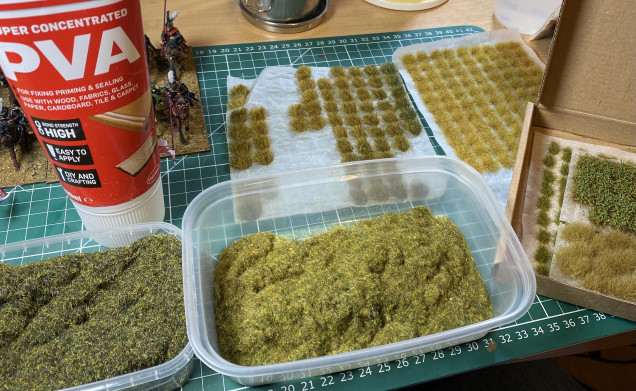
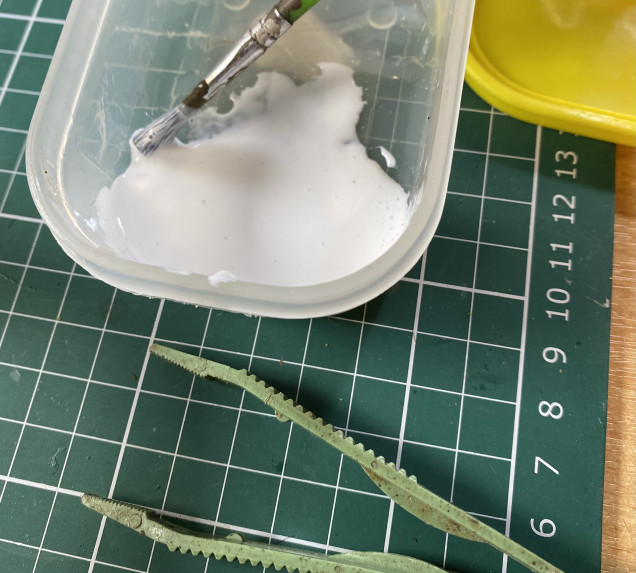
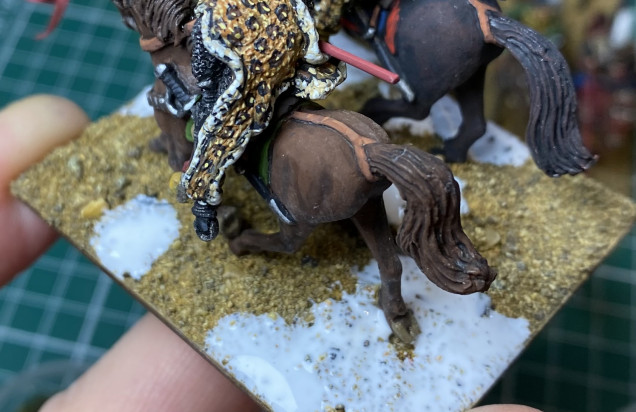

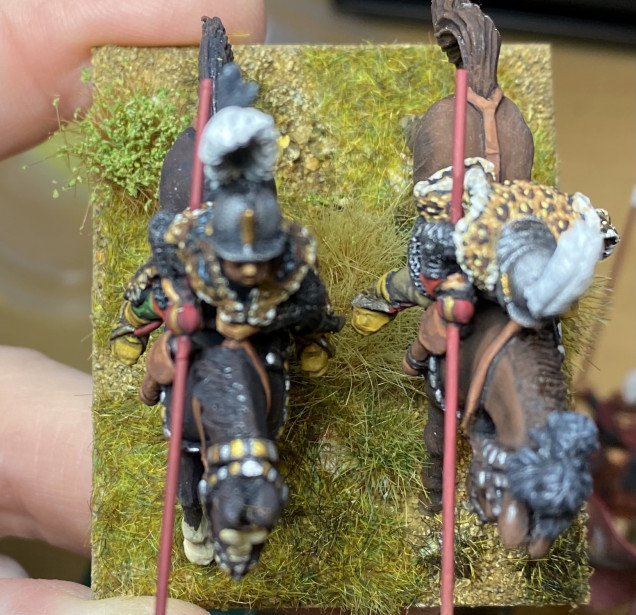

































Leave a Reply